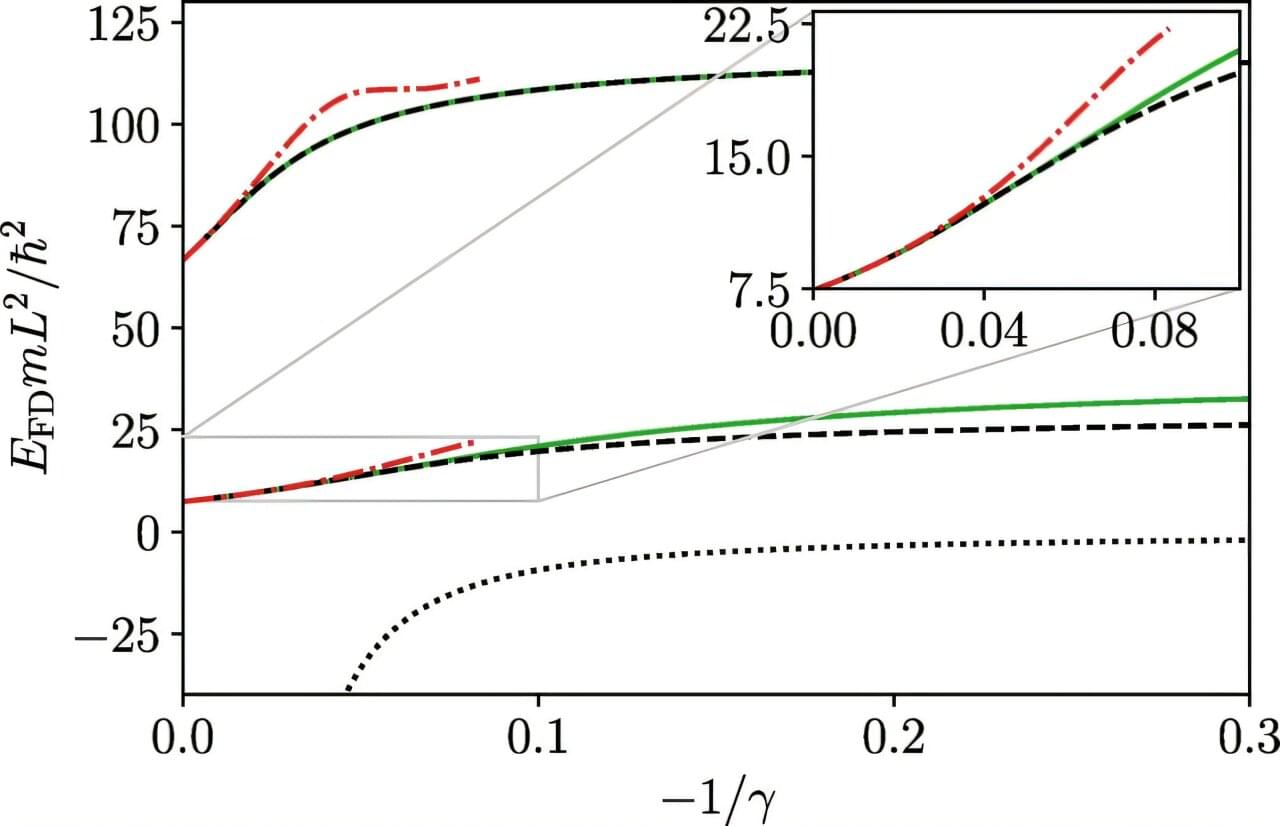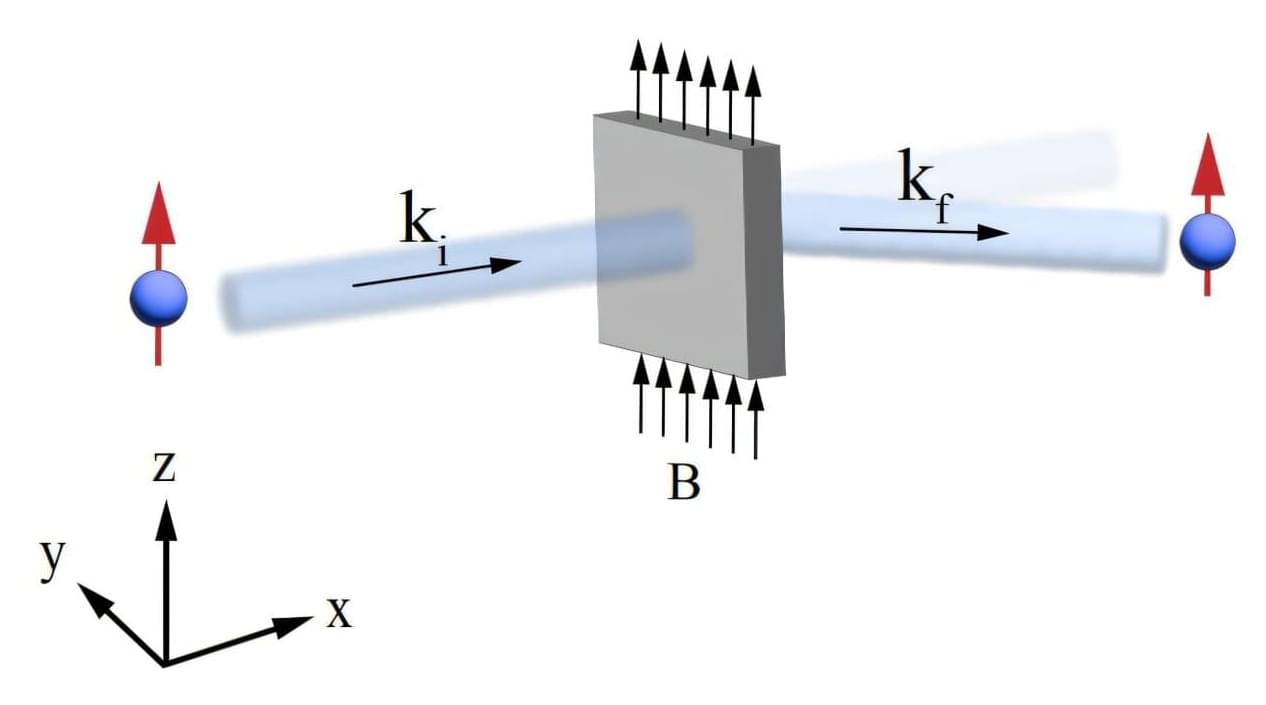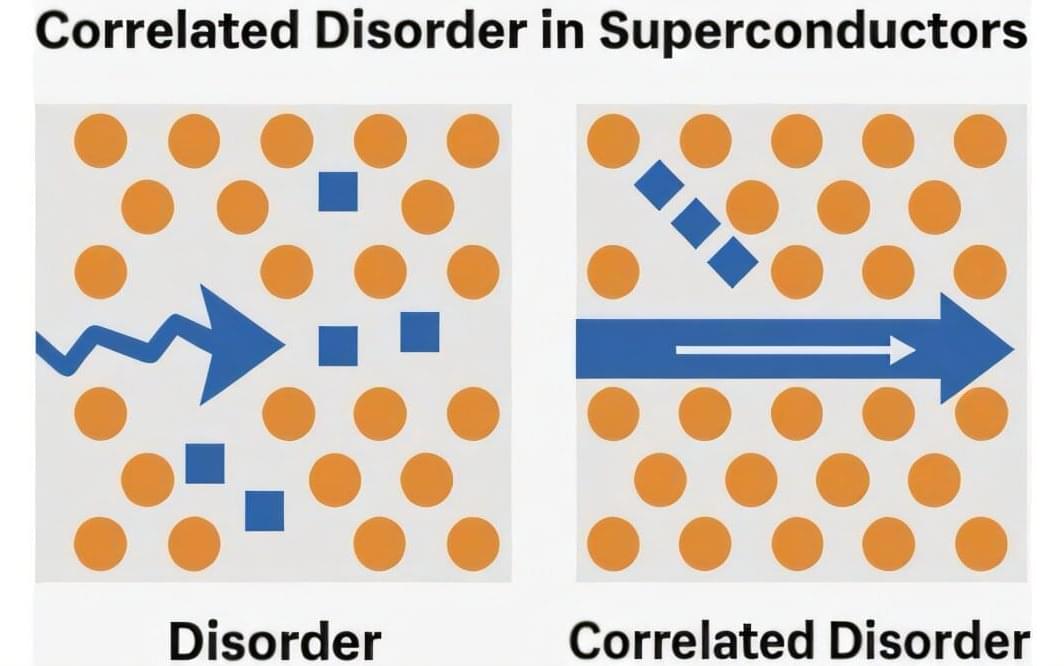For the first time, researchers at the Netherlands Institute for Neuroscience and Amsterdam UMC have identified what happens in neural networks deep within the brain during obsessive thoughts and compulsive behaviors. Using electrodes implanted in the brain, they observed how specific brain waves became active. These brain waves serve as a biomarker for obsessive-compulsive disorder (OCD) and are an important step towards more targeted treatments.
OCD is a psychiatric disorder in which people suffer from obsessive thoughts (obsessions) and compulsive behaviors (compulsions). A well-known example is fear of contamination: someone is constantly afraid of becoming infected (the obsession) and feels compelled to wash their hands over and over again (the compulsion).
In OCD, communication appears to be disrupted between the cerebral cortex, the striatum, and the thalamus, areas of the brain that together form the CSTC circuit. Normally, this circuit mainly coordinates movement and motivation.









